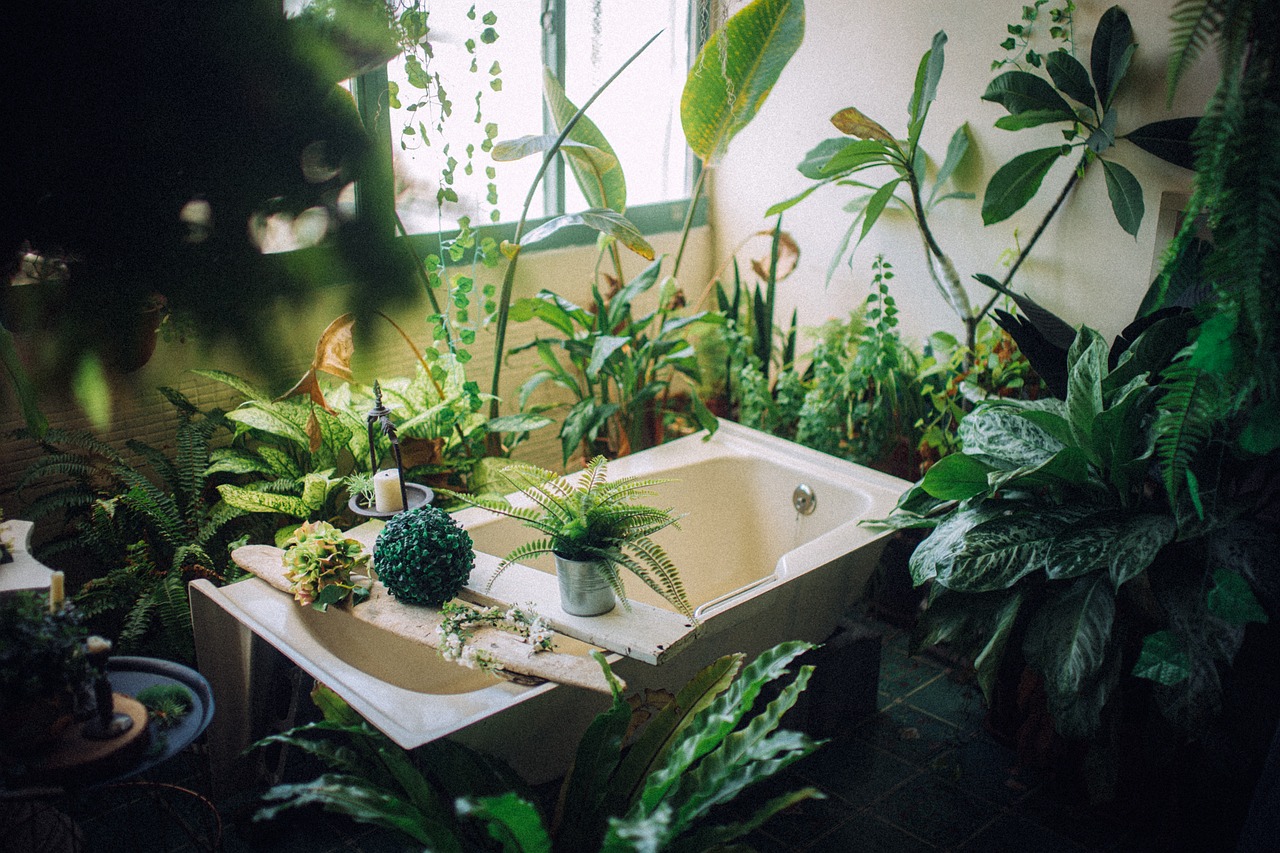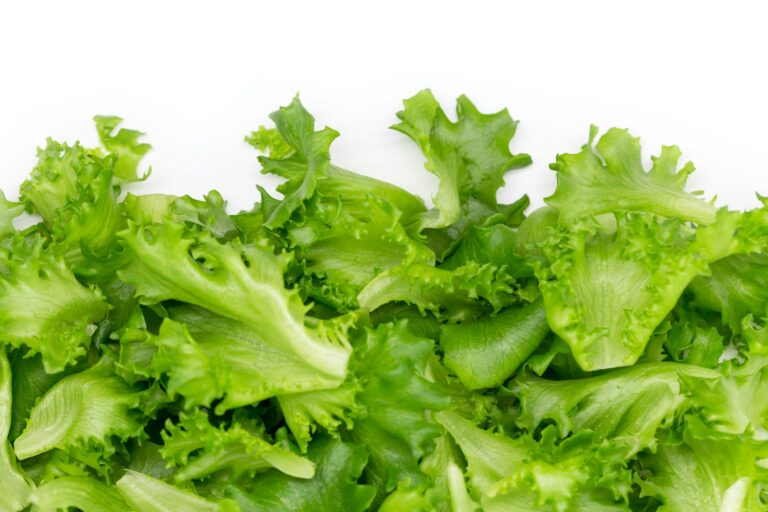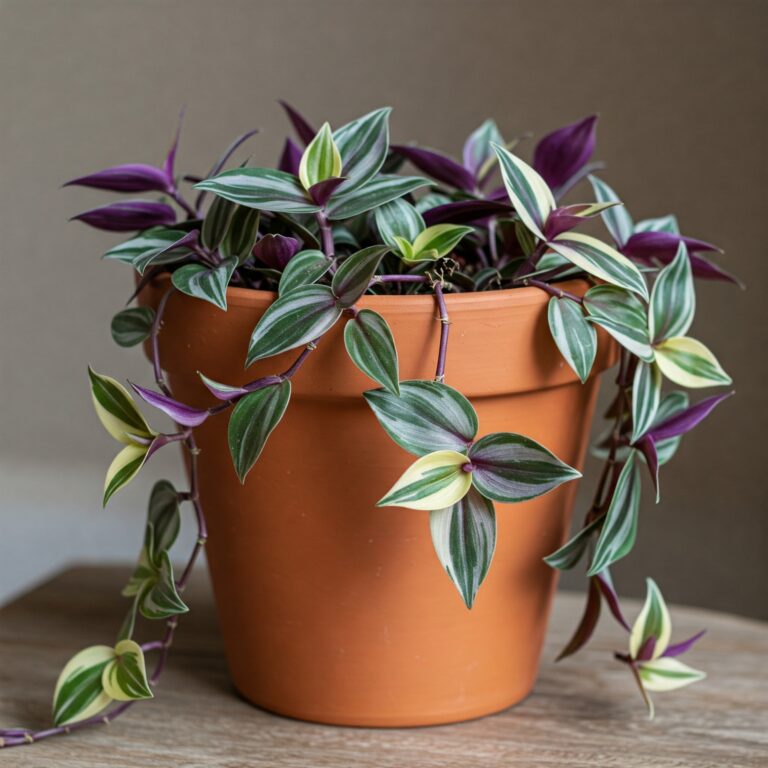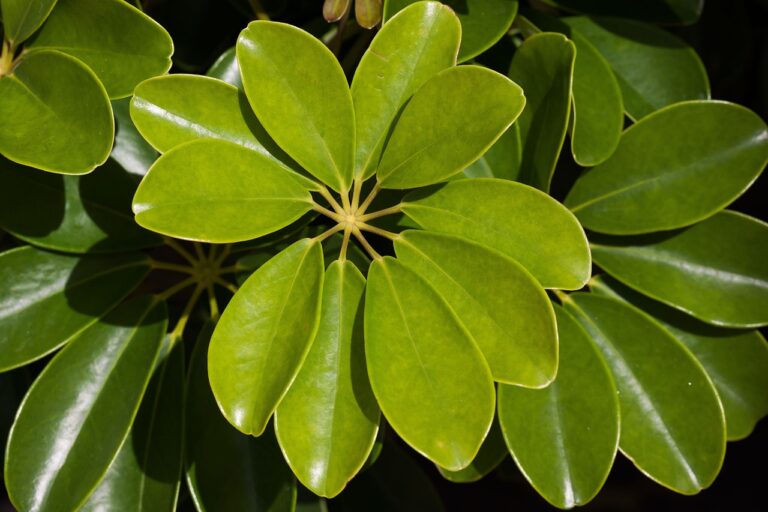Growing an indoor garden can be a delightful and rewarding experience, offering a touch of nature’s serenity right within the confines of your home. Whether you live in a spacious house or a compact apartment, indoor gardening allows you to cultivate fresh herbs, vibrant flowers, and even some fruits and vegetables, enhancing your living space and culinary repertoire.
This guide aims to provide you with easy and practical tips to kickstart your indoor gardening journey, ensuring you create a thriving green oasis that fits seamlessly into your lifestyle.
From selecting the right plants to mastering the art of watering and lighting, these tips will help both novice and seasoned gardeners cultivate an indoor garden that not only beautifies your home but also nurtures your well-being.
Tips To Care For Indoor Plants
Here are the tips you can follow to care for indoor plants.
Pick the Right Plants
Selecting the appropriate plants is fundamental to the success of your indoor garden. Start by assessing the conditions within your home, such as light availability, temperature, and humidity levels.
Some plants thrive in low-light conditions, making them perfect for dimly lit rooms; examples include pothos, snake plants, and ZZ plants. For areas with more sunlight, consider growing herbs like basil, mint, or rosemary, which not only flourish with ample light but also offer culinary benefits.
Beginners should consider starting with resilient plants that can tolerate some neglect, such as succulents or peace lilies.
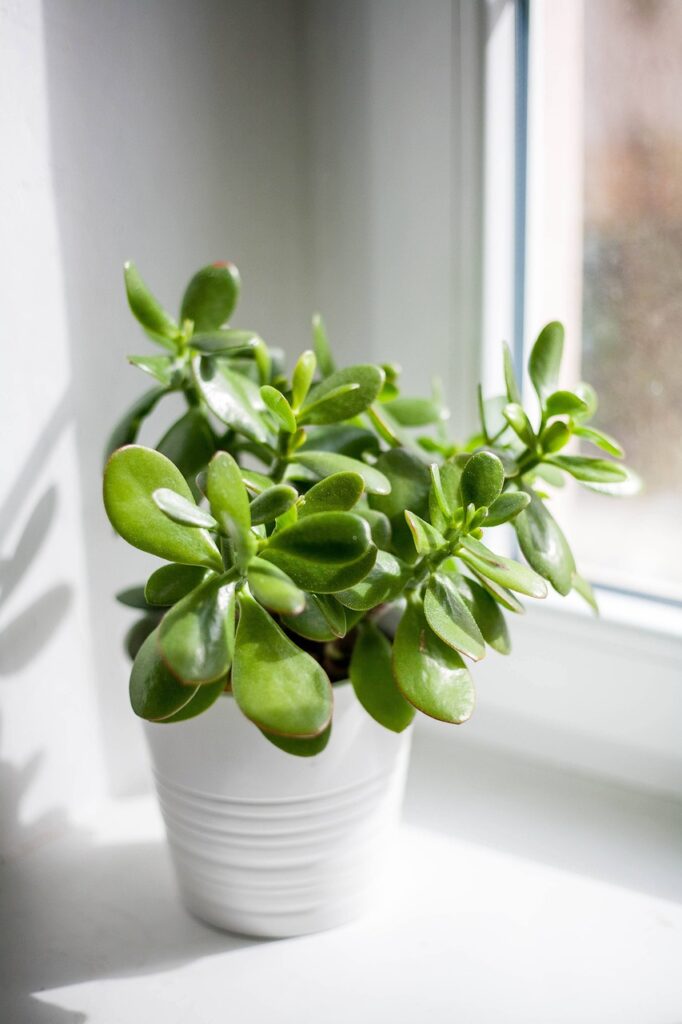
Pot Plants in the Right Containers
Choosing the right container for your plants is more than just an aesthetic decision; it directly affects their health and growth. Ensure that your pots have drainage holes to prevent water from accumulating at the bottom, which can cause root rot.
Select pots that are appropriately sized for your plants—too small, and the roots will become cramped, hindering growth; too large, and the soil may retain too much water, leading to root diseases.
For aesthetic harmony, consider matching the style of your pots to your interior decor while prioritizing the functional needs of your plants.
Also read: Best pots for succulents
Use the Best Soil
Using the right soil mix is essential for the health of indoor plants. Regular garden soil is often too heavy and can compact in pots, restricting root growth and air circulation. Instead, opt for a high-quality potting mix tailored for indoor plants.
These mixes are designed to be lightweight and well-draining, often containing components like peat moss, perlite, and vermiculite, which provide the right balance of moisture retention and aeration.
Some plants, such as cacti and succulents, require specialized soil mixes with extra drainage.
Also, read how to aerate soil.
Consider a Light Source
Light is crucial for plant growth, and indoor conditions can often limit natural light availability. Identify the light requirements of your plants and place them accordingly—south-facing windows provide the most light, while north-facing ones offer the least.
For areas lacking sufficient natural light, invest in grow lights. LED grow lights are energy-efficient and can be tailored to emit the full spectrum of light that plants need for photosynthesis.
Position the lights close to your plants, and use a timer to mimic natural daylight cycles, ensuring your plants receive adequate light throughout the day.
LED grow lights for vegetables
Water Consistently
Consistent watering practices are essential to keep indoor plants healthy. Overwatering is a common mistake and can lead to root rot, while underwatering can cause wilting and stunted growth.
Research each plant’s specific water needs; some plants prefer consistently moist soil, while others, like succulents, need the soil to dry out between waterings. A good rule of thumb for most houseplants is to let the top inch of soil dry out before watering again.
Use room-temperature water and ensure excess water drains away to prevent standing water in the pot.
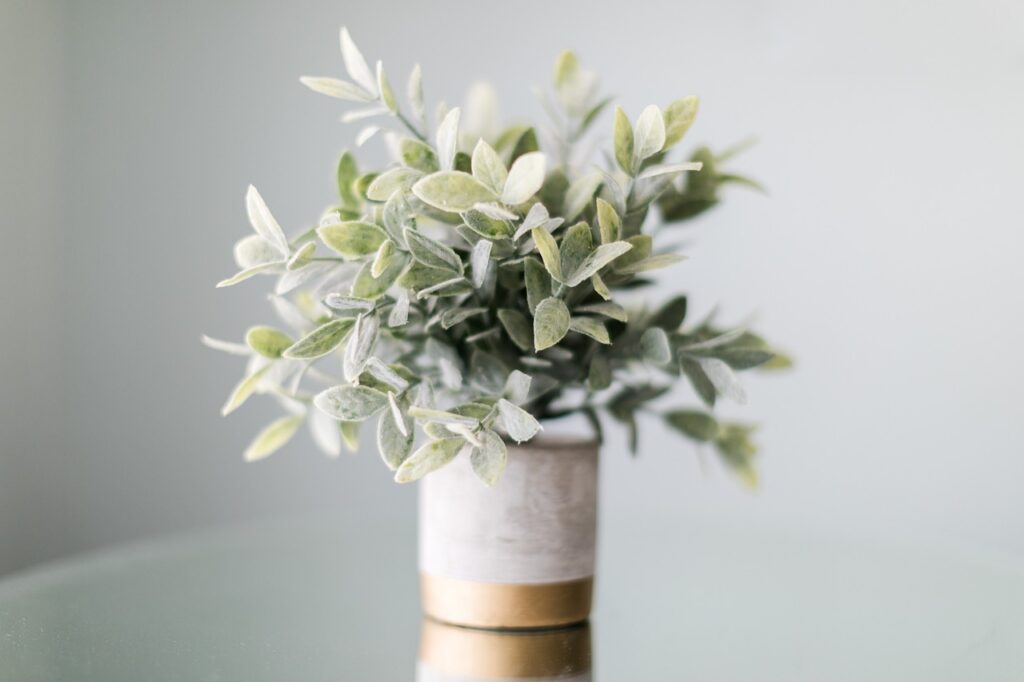
Consider Heat and Humidity
Indoor plants often thrive in specific temperature and humidity ranges. Most houseplants prefer temperatures between 65-75°F (18-24°C). Avoid placing plants near drafts, heaters, or air conditioning units, as these can create fluctuating temperatures that stress the plants.
Humidity is also crucial, especially for tropical plants. To maintain adequate humidity, especially in dry climates or during winter when indoor air can be particularly dry, consider using a humidifier or placing a shallow tray filled with water and pebbles near your plants.
Grouping plants together can also create a microenvironment with higher humidity.
Fertilize
Fertilizing your indoor plants provides essential nutrients that might not be present in sufficient quantities in the potting soil. Use a balanced, water-soluble fertilizer, and follow the instructions for dilution and frequency.
Generally, fertilizing every 4-6 weeks during the growing season (spring and summer) is sufficient. Be cautious with the amount—over-fertilizing can lead to nutrient burn, characterized by brown or scorched leaf edges.
Organic options, such as compost tea or fish emulsion, are gentle on plants and contribute to long-term soil health.
Protect Against Pests and Diseases
Indoor plants can still be susceptible to pests and diseases, even in a controlled environment. Regularly inspect your plants for signs of infestation, such as tiny bugs, webs, or discolored leaves.
Common indoor pests include spider mites, aphids, and mealybugs. Early detection is crucial; isolate affected plants and treat them promptly. Natural remedies, such as neem oil or insecticidal soap, can effectively manage pests without harming your plants.
Maintaining cleanliness by wiping down leaves and removing dead foliage can also prevent many problems.
Prune Your Plants
Pruning is an essential practice for maintaining plant health and aesthetics. Regularly trim away dead or yellowing leaves to redirect the plant’s energy towards new growth.
Pruning also helps to manage the size and shape of your plants, preventing them from becoming leggy or overgrown. Use sharp, clean scissors or pruning shears to make precise cuts, and avoid tearing the plant tissue.
For flowering plants, pruning can encourage more blooms, while for foliage plants, it promotes bushier, more compact growth. Regular pruning also improves air circulation around the plant, reducing the risk of disease.
What can I use at home to make my plants grow faster?
Homemade Fertilizers
Using homemade fertilizers can provide essential nutrients to your plants, promoting faster growth. One effective option is compost tea, which you can make by steeping compost in water.
This creates a nutrient-rich liquid that can be used to water your plants. Another option is using banana peels, which are high in potassium. Simply chop up the peels and bury them in the soil or soak them in water to create a potassium-rich solution.
Coffee grounds are another great addition as they add nitrogen to the soil, but be sure to use them sparingly as they can alter the soil’s pH.
Epsom Salt
Epsom salt is a household item that can benefit plant growth. It contains magnesium and sulfate, which are crucial for photosynthesis and the overall health of plants.
Dissolve a tablespoon of Epsom salt in a gallon of water and use this solution to water your plants once a month. This can help improve the nutrient absorption of plants, leading to more robust growth.
Epsom salt is particularly beneficial for plants like tomatoes, peppers, and roses, which thrive with a bit of extra magnesium.
Eggshells
Eggshells are an excellent source of calcium, which is vital for cell wall development in plants. To use eggshells, rinse and crush them into small pieces or grind them into a powder.
Mix the crushed eggshells into the soil or sprinkle the powder around the base of your plants. Over time, the eggshells will break down and release calcium into the soil, which can help prevent issues like blossom end rot in tomatoes and peppers.
This slow-release method ensures that plants get a steady supply of calcium as they grow.
Green Tea
Green tea can be used as a natural fertilizer to boost plant growth. It contains tannic acid and other nutrients that can benefit your plants. Brew a weak green tea solution by steeping a tea bag in a gallon of water for a few hours.
Use this diluted tea to water your plants once every four weeks. Green tea can help improve the soil’s nutrient content and slightly acidify it, which is beneficial for acid-loving plants like ferns and azaleas.
Molasses
Molasses are rich in sugars and minerals that can enhance soil health and stimulate beneficial microbial activity. To use molasses, mix one tablespoon of blackstrap molasses with a gallon of water and use this solution to water your plants once a month.
The sugars in molasses feed the beneficial microbes in the soil, which in turn helps to break down organic matter into nutrients that plants can easily absorb.
This process can lead to healthier, more vigorous plant growth.
Vinegar
For acid-loving plants, vinegar can be a useful addition. White vinegar or apple cider vinegar can be diluted and used to water plants like blueberries, gardenias, and rhododendrons.
Mix one tablespoon of vinegar with a gallon of water and use this solution to water your plants once every few weeks. The acidity of vinegar helps lower the soil’s pH, making it more suitable for plants that prefer acidic conditions.
Be careful not to overuse vinegar, as too much acidity can harm plants.
Companion Planting
Certain plants benefit from being planted near each other, a practice known as companion planting. For example, planting basil near tomatoes can improve the growth and flavor of both plants. Marigolds can repel pests that might otherwise harm your plants.
By strategically planting compatible plants together, you can create a more favorable growing environment that promotes faster and healthier growth. This method leverages the natural interactions between plants to enhance overall garden productivity.
Conclusion
Creating a thriving indoor garden is a rewarding task that brings the beauty and benefits of nature into your home. By following these easy tips, you can ensure your indoor plants grow healthy and vibrant.
Selecting the right plants for your environment, using appropriate containers and soil, and providing consistent watering and adequate light are foundational steps. Additionally, paying attention to humidity and temperature, regularly fertilizing, protecting against pests and diseases, and pruning effectively will contribute to your plants’ well-being.
With these simple guidelines, you can cultivate a lush, green oasis indoors, enhancing both your living space and your connection to nature. Happy gardening!
